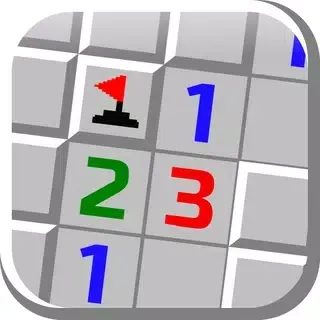Loading game...
Buscaminas
Your mission is clear: uncover all the empty squares on the grid without detonating a hidden mine. Use the numbers revealed in the squares to deduce where the bombs are located and right-click to place a flag on suspicious spots. Whether you call it Buscaminas or Minesweeper, this classic puzzle game offers endless brain-teasing fun. Play free in your browser, full screen, and with no download needed.
What is Buscaminas?
